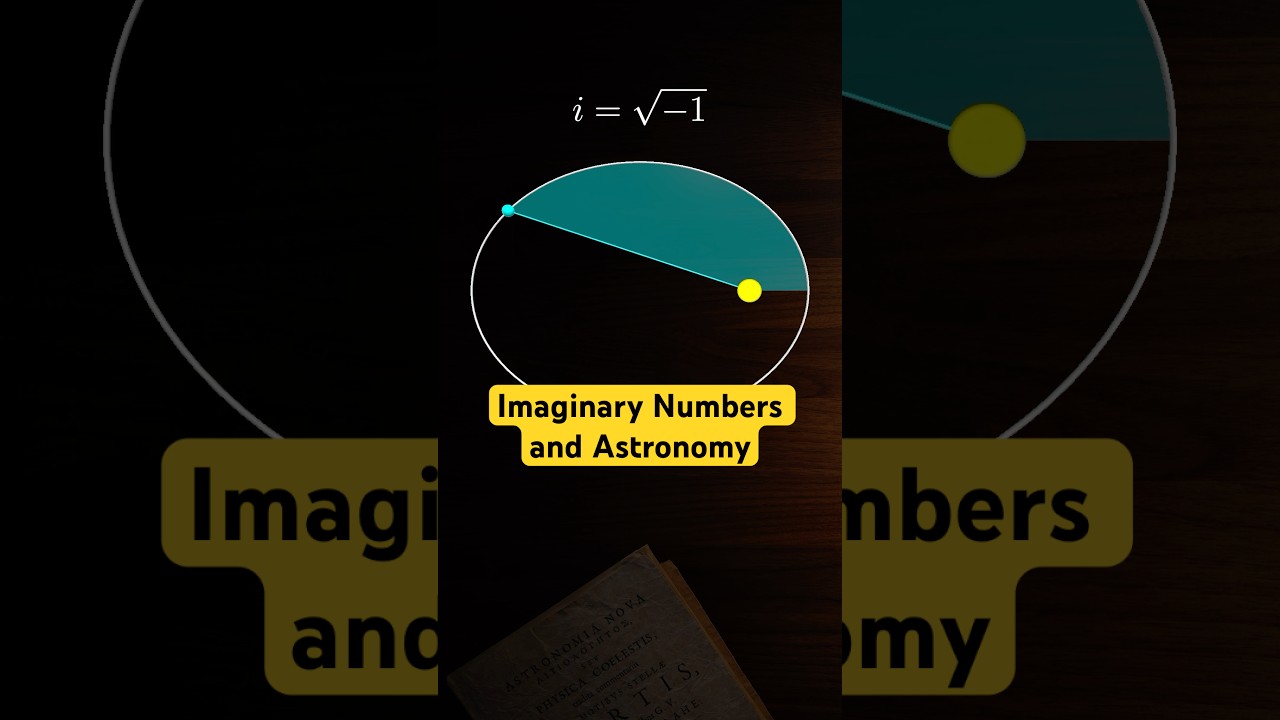The video explores the connection between imaginary numbers and astronomy through Kepler’s laws of planetary motion, highlighting the challenges of solving Kepler’s equation and the use of Lagrange inversion to find solutions. It also discusses Augustin-Louis Cauchy’s contributions to addressing convergence issues in the series used for this method, emphasizing the interplay between complex analysis and celestial mechanics.
The video discusses the connection between imaginary numbers and astronomy, particularly in the context of Kepler’s laws of planetary motion. At the core of these laws is Kepler’s equation, which is essential for determining the position of a planet in its elliptical orbit. However, solving for the variable E in Kepler’s equation can be quite challenging, making it a significant topic of interest in both mathematics and astronomy.
To address the difficulty of solving Kepler’s equation, one popular method employed is called Lagrange inversion. This technique utilizes an infinite series on the complex plane to find inverse functions, which are necessary for determining the solution to Kepler’s equation. The use of complex analysis in this context highlights the interplay between mathematics and celestial mechanics, showcasing how advanced mathematical concepts can aid in understanding astronomical phenomena.
Despite its usefulness, the Lagrange inversion method has limitations. One major issue is that the series used in this approach does not always converge, which can lead to complications in finding accurate solutions. This non-convergence problem poses a challenge for astronomers and mathematicians who rely on these calculations for precise predictions of planetary positions.
In the early 1800s, mathematician Augustin-Louis Cauchy sought to address the convergence issues associated with the Lagrange inversion series. His work led to the development of an elegant theory of convergence for real power series, which was informed by principles of complex analysis. Cauchy’s contributions significantly advanced the understanding of when and how these series converge, providing a more robust framework for solving problems related to Kepler’s equation.
The video concludes by encouraging viewers to engage with the topic further, suggesting that there is much more to learn about the fascinating relationship between imaginary numbers, complex analysis, and the motion of celestial bodies. By exploring these connections, one can gain deeper insights into both mathematical theory and its practical applications in astronomy.
